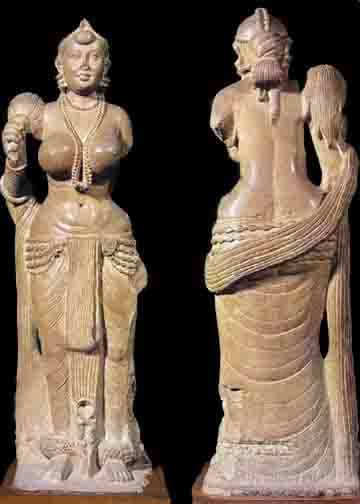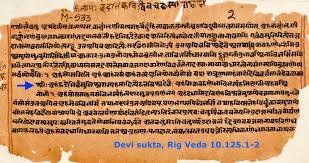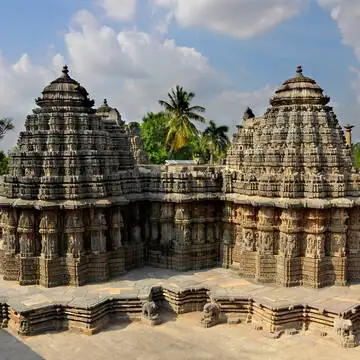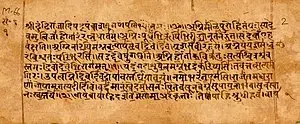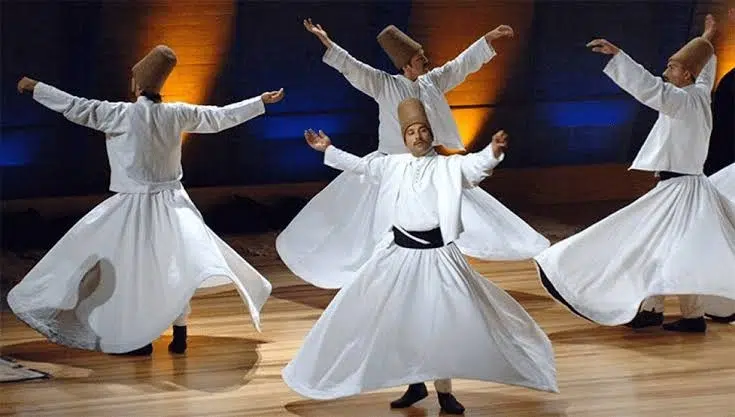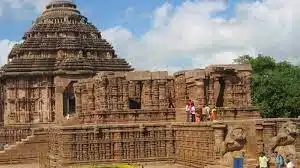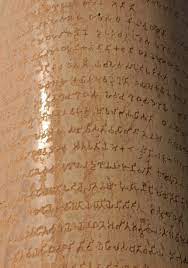Important Folk Dances Of India are discussed below :
Chhau
- The word Chhau originates from ‘Chhaya’ meaning shadow.
- It is a form of mask dance that uses vigourous martial movements to narrate mythological stories.
- There are three main styles of Chhau dance – Saraikella Chhau in Jharkhand, Mayurbhanj Chhau in Odisha and Purulia Chhau in West Bengal.
- Of these, Mayurbhanj Chhau artists do not wear masks.
- In 2010, UNESCO inscribed Chhau in the Representative List of Intangible Cultural Heritage of Humanity.
Garba
- Garba is a popular folk dance of Gujarat, held at the time of Navratra.
- Garba actually refers to “Garbha deep” – an earthen pot with holes, in which a lamp is lit and women dance around it in circular movements with rhythmic clapping.
Dandiya Raas
- It is a folk dance of Gujarat.
- It is an energetic, lively dance form in which polished sticks or dandiyas are used.
- It represents a mock fight between Durga and Mahishasura.
Ghoomar
- It is a traditional folk dance performed by the women of the Bhil tribe in Rajasthan.
Kalbelia
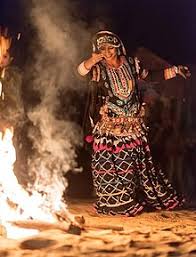
- It is a sensuous folk dance performed by the women of the Kalbelia Community of Rajasthan.
- The costumes and dance movement are similar to that of the serpents.
- ‘Been’ (wind instrument played by snake charmers) is the popular musical instrument of this dance form.
- UNESCO has inscribed Kalbelia folk songs and dances in the Representative List of the Intangible Cultural Heritage of Humanity in 2010.
Charba
- It is the popular folk dance of Himachal Pradesh, performed during the Dussehra festivities.
Bhangra
- It is the highly energetic folk dance of Punjab. It is a popular form of celebration during festivities.
Giddha
- Giddha is the female counterpart of the male Bhangra in Punjab.
Tarangamel
- It is the folk dance of Goa that celebrates the youthfulness of the region.
- It is performed during Dussehra and Holi.
Jawara
- Jawara is the harvest dance popular in the Bundelkhand region of Madhya Pradesh.
- The dance, which includes balancing a basket full of jawar on the head, is accompanied by heavy instrumental music.
Gaur Muria (Bison horn)
- Gaur Muria is an important ritualistic dance form of the Muria tribes who live in the Bastar region of Chhattisgarh.
- The dance imitates the movements of a bison and is performed in group by both men and women.
Paika
- Paika is a martial folk dance performed in the Southern parts of Odisha. Paika is a form of long spear.
- The word Paika signifies battle.
Bagurumba
- Bagurumba is a folk dance performed by the Bodo tribe of Assam and is related to nature and environment.
- Musical instruments that accompany Bagurumba performance are Sifung, Kham, Serja, etc.
Jat-Jatin
- Jat-Jatin is popular in the Northern parts of Bihar, especially in the regions of Mithila.
- This dance form is unique in its representation of the tender love and quarrel of a married couple.
Jhumair
- Jhumair is a popular harvest dance, performed by the tribal people of Jharkhand and Odisha.
Danda-Jatra
- The Danda Nata or the Danda Jatra is one of the oldest folk art of India. Mainly popular in Odisha.
Bihu
- Bihu is the popular dance of Assam, performed in group by both men and women.
- The dancers are dressed in colourful traditional dresses to celebrate the pomp and gaiety.
- The dance performance includes group formations, rapid hand movements and brisk footsteps.
Thang Ta
- Thang Ta is the exclusive martial dance form of Manipur.
- Thang means sword and Ta means spear.
- The dance performance is a unique display of skill, creativity and agility in which the performers enact a mock fight sequence – leaping to attack and defend.
Rangma
- The Rangma is the war dance of the Nagas.
- Dressed in colourful costumes, jewellery and colourful headgears, the dancers enact mock war formations and traditions.
Singhi Chham
- The Singhi Chham is a popular mask dance of Sikkim.
- The dancers are dressed in furry lion costumes symbolising the snow lion and pay tribute to Khang-Chen Dzong Pa (Kanchenjunga Peak).
Jhoomar
- It is performed by tribal Sikhs in Punjab and adjoining areas during the harvest season.
- It is performed in a circle. Movement of arms is the most important part, on the tune of the drums.
- Costumes are same as in Bhangra.
- It was carried to India by the traders from Balochistan.
Karma Naach
- It is performed during the tribal festival of ‘Karma’ by many tribes of Eastern India especially in the Chota Nagpur Plateau.
- Dancers form circle and dance with arms around each other’s waist.
Raut Naach
- Performed in Chhattisgarh by the Yadav community, especially during the festival of Diwali.
Dumhal
- It is performed in Jammu and Kashmir by the Wattal tribe.
- It involves colourful costumes with a tall conical hat for men.
- Performers dance and sing to the drum beats.
Fugdi
- It is performed in the Konkan region of Maharashtra and Goa.
Cheraw
- It is a folk dance of Mizoram and is performed using bamboo sticks. It is likely to have a foreign origin.
- Men tap long pairs of bamboo in rhythmic beats, and girls dance to the beats of bamboo.
Hojagiri
- A famous folk dance of Tripura, Hojagiri involves movement of only the lower-half of the body by a group of four to six women or young girls.
- It is performed during Lakshmi puja.
- The female dancers balance earthen pitchers as well as other props while dancing.
Tippani
- Originating from Saurashtra region of Gujarat, it is performed exclusively by women who beat the floors with tippani (two long wooden stick joined by square wooden or iron block) on the beats of a folk song.
Garadi
- It is a famous folk dance of Puducherry, and is performed to celebrate the victory of Lord Rama over Ravana.
- The dancers distinguished as “Vanars” (Monkeys) celebrate this victory. Dancers wear 10 “Anjalis” (iron rings) on each of their legs.
Tera Tali
- Performed by “Kamar” tribe of Rajasthan.
- Women sit on the ground while performing Tera Tali and cymbals (Manjiras) are tied to differents parts of the body of a performer, which is quite unique.
Gambhira
- The folk dance/theatre of Gambhira originated among the Hindu community of Maldah in West Bengal.
Alkap
- Alkap is a rural performance, popular in many places of Bengal, especially in Rajshahi, Maldah and Murshidabad districts, and the Rajmahal Hills in the state of Jharkhand.
- This is associated with the Gajan Festival of Shiva around the middle of April.
Also refer :

